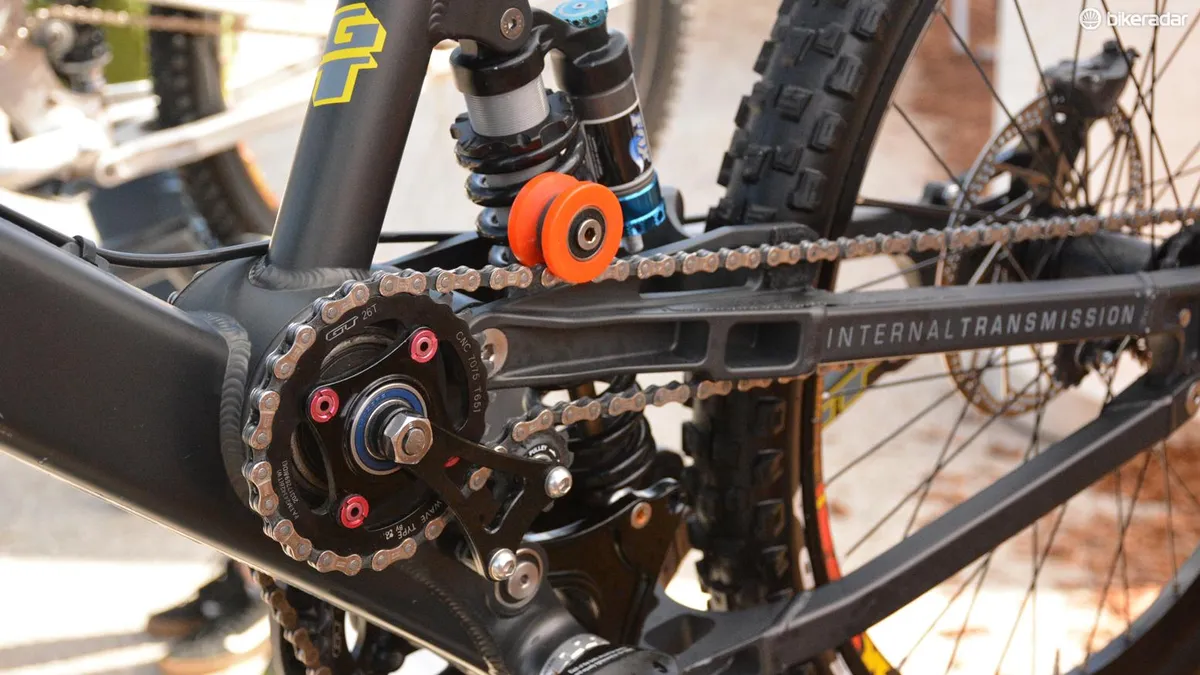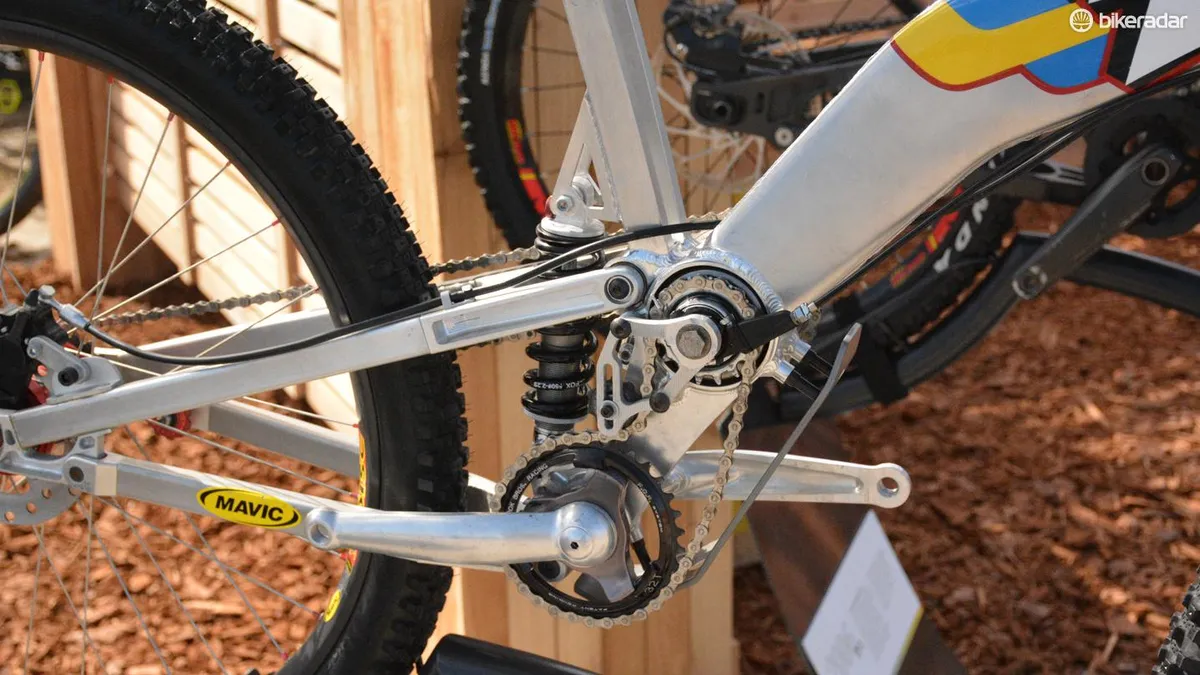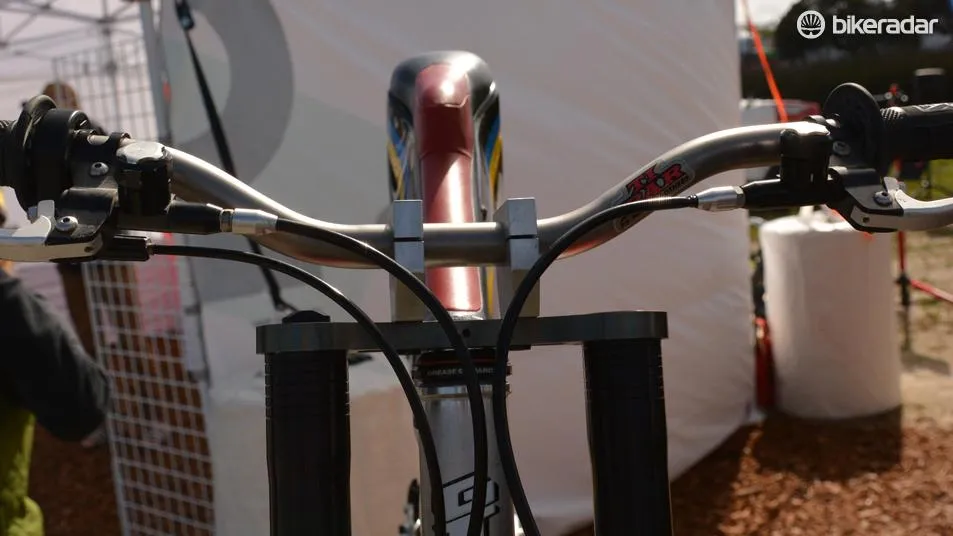Left-side drivetrains, faux-moto saddle/number plate/fender concoctions and anodized parts galore were just a part of GT's retro celebration at the 2018 Sea Otter Classic. Instead of using its booth at the California festival to showcase its latest and greatest products, GT instead celebrated 25 years of making all sorts of full suspension.
2006 iT-1

The oddly capitalized iT-1 was the world's first internally geared production bike. How many did GT sell? Probably a fraction of the brand's heralded Zasker.
Even today, the iT-1 looks crazy with its rear disc brake mounted on the right side, and of course, the short mid-gear drive chain and the chainguide-equipped drive chain on the left side of the bike.
1996 concept bike
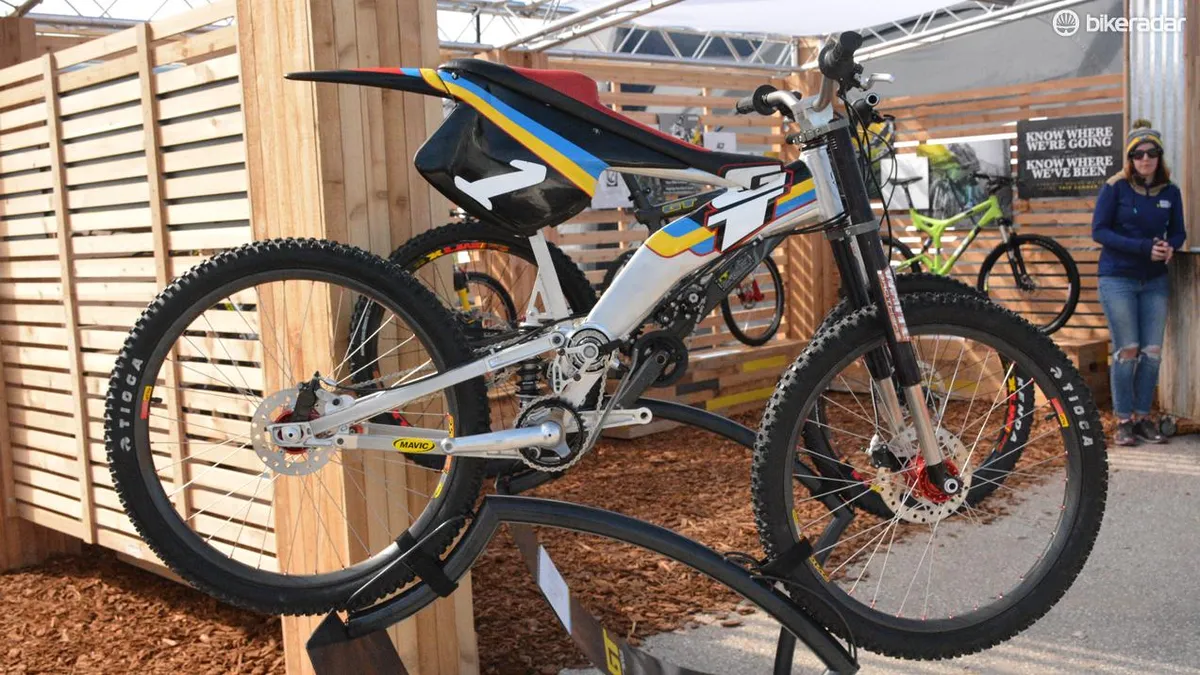
It's funny to think about, but a few different decisions here and there could have completely changed what downhill race bikes have become today. This prototype GT downhill bike was the brainchild of GT senior suspension engineer Jim Busby.
Gearbox mountain bikes: mad science or the way forward?
Tucked in the massive aluminum frame is a Shimano Nexus 7-speed internally geared hub.
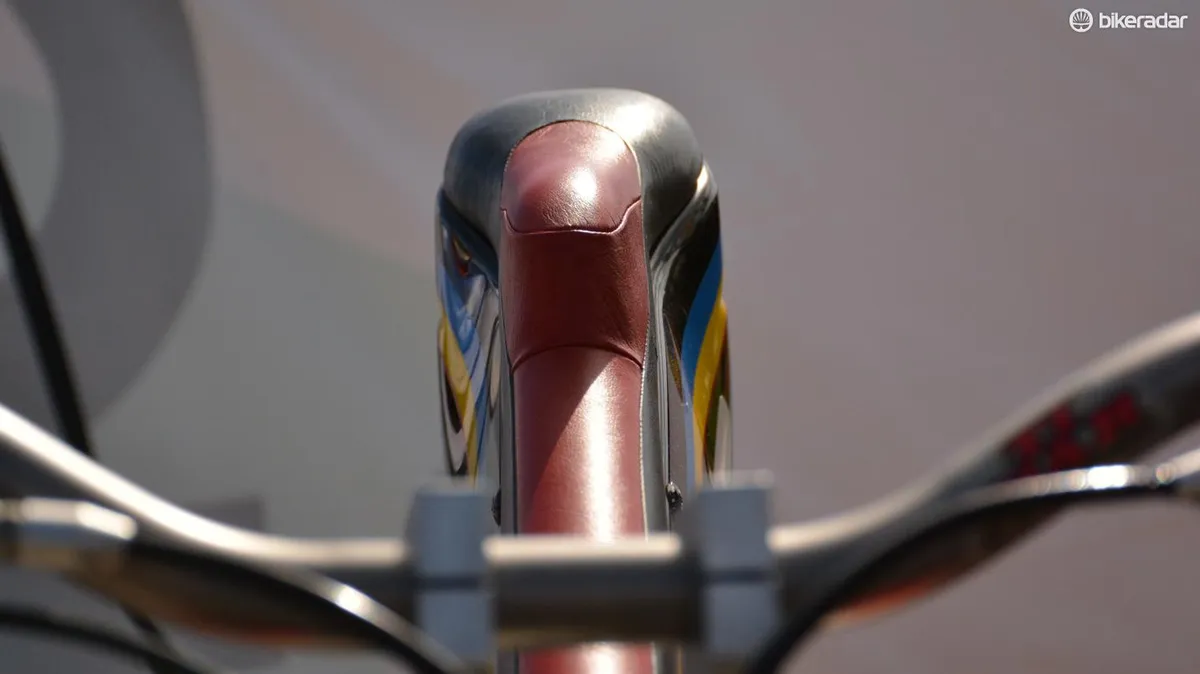
But it's the unabashed moto styling that really catches the eye, especially the monstrous, elongated seat and side number plates.
1992 RTS

Rocker Tuned Suspension was the branding GT gave one of its first modern full-suspension designs.
It's a smart rear-suspension design with the bulk of the components low in the frame and a simple rocker link pushing the coil shock.
The front frame triangle of the American-made GT was 6061 aluminum, but on the original bikes the rear end was True Temper chromoly. According to GT, this RTS has been updated with newer parts and is still ridden frequently.
1996 LTS-1
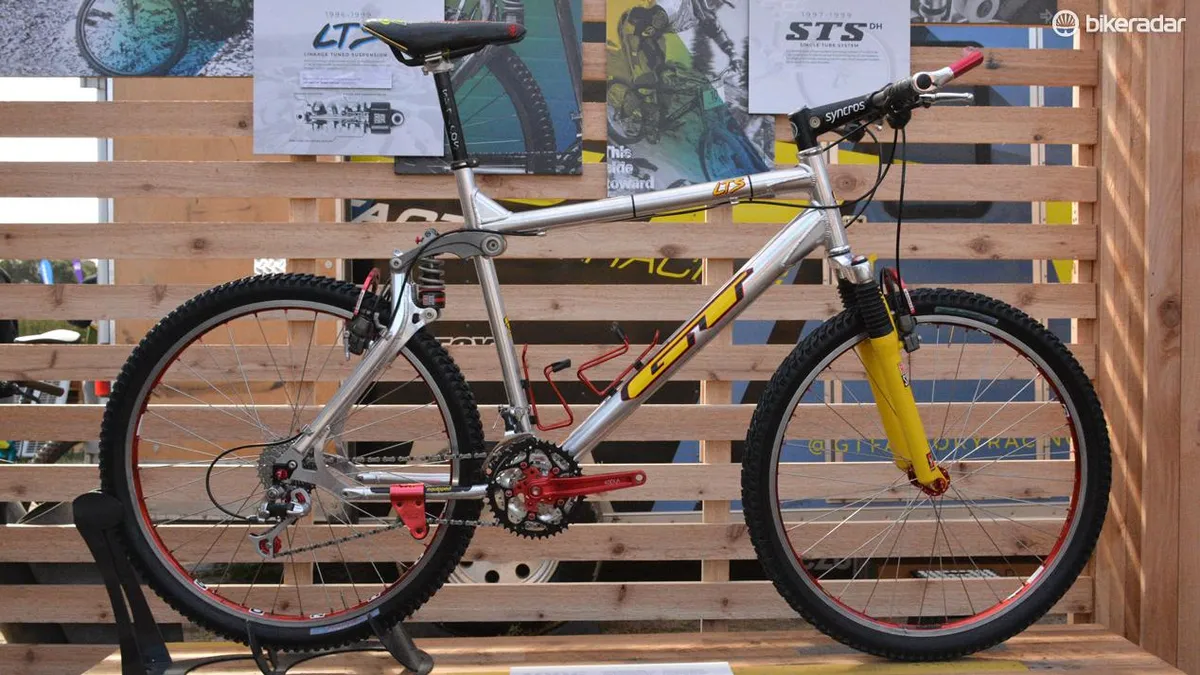
"The LTS-1 is race-ready rocketship that will lead full suspension on to the XC race courses of the world," claimed GT's 1996 catalog.
With 89mm of coil-damped travel, a look-at-me polished alloy frame and likely way too many anodized parts, this bike was an utter dream for legions of riders, at least where I was back then.
1998 STS DH Lobo
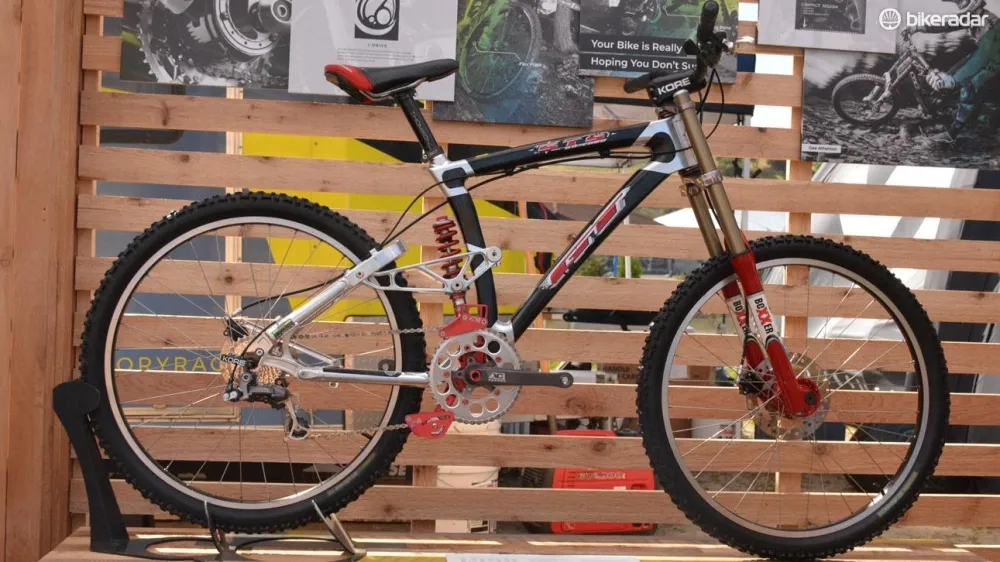
Seeing an STS DH Lobo back in the late ’90s was like witnessing a spaceship hurtling down a mountainside. It was a wild bike.
Carbon road frames were rare and carbon downhill bikes even more so, but the Lobo proudly got down with a thermoplastic frame with aluminum lugs.
A massive swingarm connecting the two halves of the bike didn't squeeze the coil spring, but rather uncoiled it. It was odd then and is today; pull shocks are still seldom used.
The bike had 150mm rear travel and was the first time the public could get a RockShox Boxxer Pro, which was a pro-only fork before the Lobo.
2003 i-Drive Marathon

"Cooking with leftovers," is how GT product manager Mark Peterman described the 2003 Marathon. GT used old tooling and the original i-Drive rear suspension on the bike.
Nevertheless, it was successful and well received by mountain bike editors and riders.
The 2003 Marathon only saw one season of production. GT changed up its i-Drive rear end and retired the Marathon name for four years until it was able to produce a carbon model.

